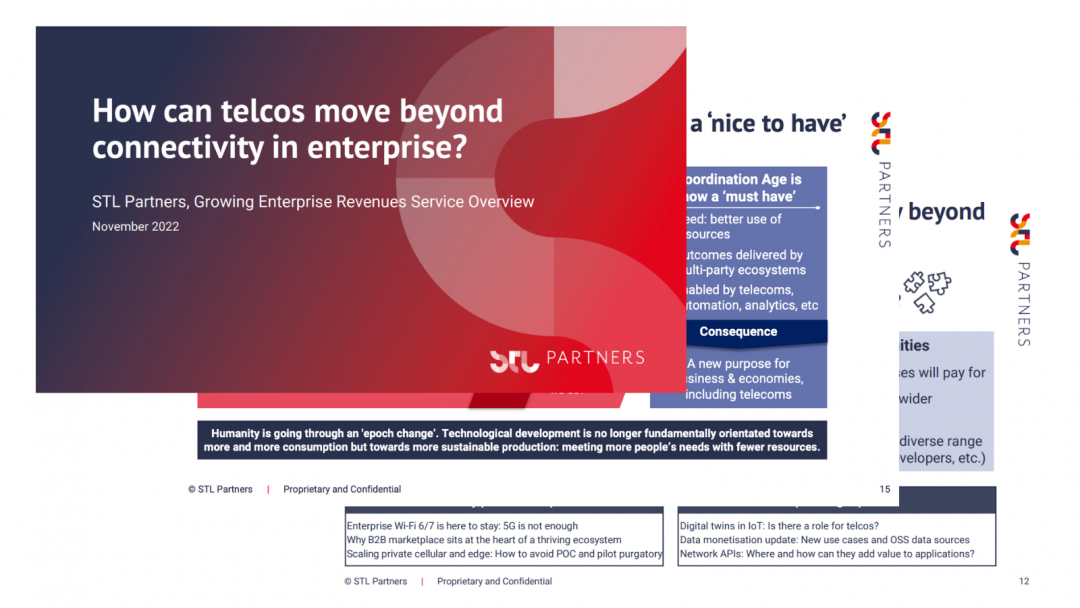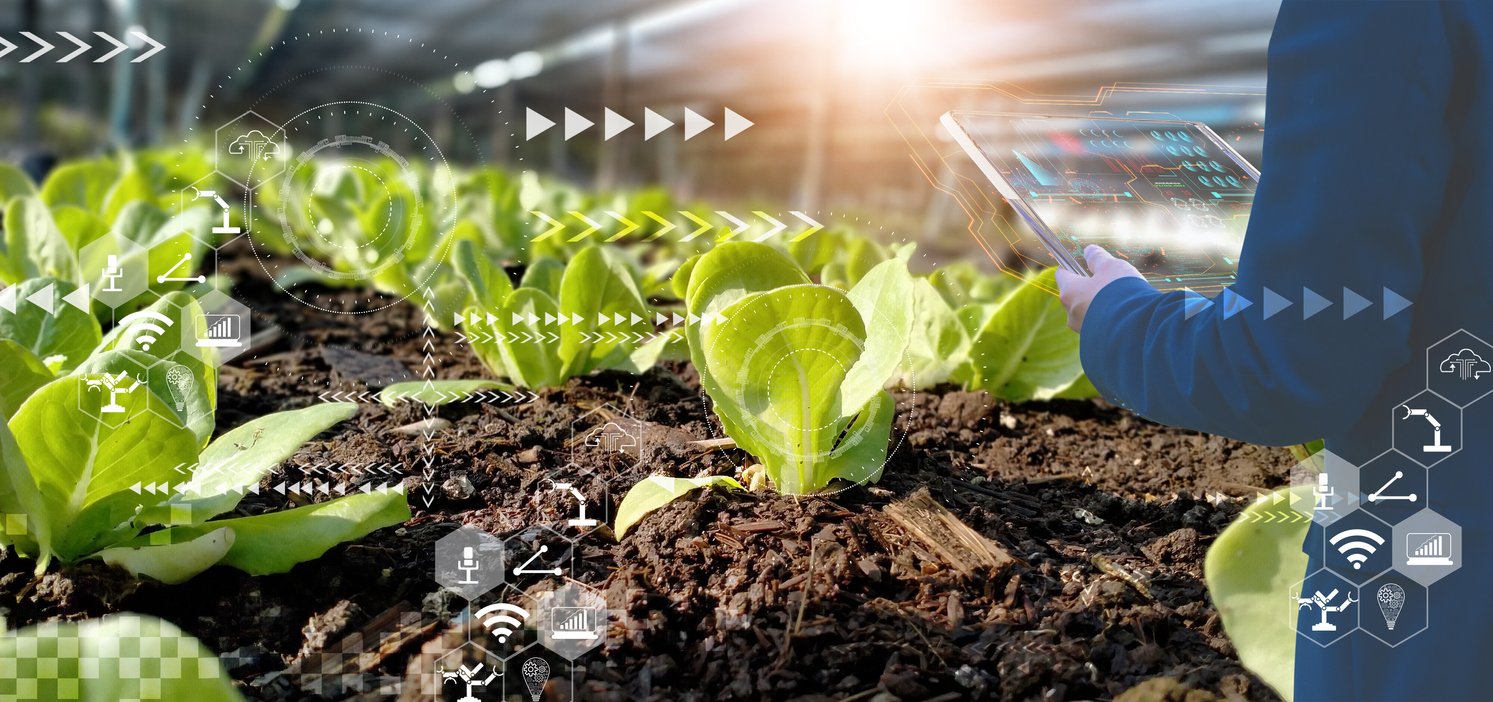
Where to use A3 for customer experience improvements
A3 (analytics, automation and AI) can be used to improve the customer experience and contribute financial value to telcos. Different types of A3 technologies are more or less important for enhancing different elements of customer experience. For example, analytics and machine learning (ML) can help to make sense of complex data, providing insights into customer behaviour, preferences and experiences to increase customer understanding, while the use of bots and intelligence can remove routine work, speed up processes and increase quality. We identify the six main elements of customer experience below, highlighting areas where A3 can contribute meaningful value, across different functions.

Source: STL Partners, Charlotte Patrick Consult
Four main themes for using A3 to improve customer experience
A3 applications can be classified into four themes, as indicated in the diagram:
- Customer journey team: Telco teams that focus on individual customers could be equipped with suitable tools to understand and act on their issues. In the diagram, value-adding activity includes the addition of more machine learning to improve data management, the use of various AI techniques (such as sentiment and text analysis) to improve customer understanding and voice of the customer, and the use of ML to improve customer journey management tools.
- Automation: This is a broad category whereby automation can be used to speed up processes and transactions and improve accuracy, positively influencing customer experience.
- Personalisation: Another broad category which can be sub-divided further into two application areas, namely tools for marketing which allow more personalised recommendations, offers and actions (referred to as a “personalisation engine” in the diagram above) and tools for customer service, i.e. for personalisation of customer interactions in channels (the “customer engagement centre” above).
- AI: A collection of nascent tools which can solve specific customer experience issues and can provide better customer experiences in particular situations.
Telco progress on A3 for better customer experience
While telcos have made some progress in the application of A3 to improve customer experience, more could be done:
- Analytics is commonplace for understanding the customer experience, but there is a delay in the application of ML. ML requires good quality data which can be difficult to obtain, particularly if it has to come from multiple channels. ML usage for customer experience across the first three themes is more limited than analytics usage.
- In the early days of customer journey software (for understanding customer experience generally, rather than for understanding customer journeys across digital commerce), telcos often struggled to make good use of the insight provided, because it wasn’t understood by all teams which needed to use the product. Solutions to this issue include:
- The requirement for product management roles and teams to assess particular journeys to ensure that there is an expert able to interpret the results and act on them
- Continued work within these roles to increase the accuracy and relevancy of the customer journey maps created
- A mix of technology and organisational change to allow access, use and sharing of journey maps
- Improvement in data, processes and algorithms to create better insight. Telcos should especially focus on the use of ML in understanding patterns across very large data sets, where it will help to expose previously hidden issues.
- So far telcos have only made limited progress in introducing additional data types from the network and OSS to enable views of experience with network, services, devices and applications to improve understanding of customer journey and personalisation of experiences in channel. There are a variety of vendors from the OSS space which have such products, but they are often a slow sell due to the need for the contact centre and other users to understand the benefits.
- The box labelled “proactive technologies” on the diagram includes all solutions which use some form of personalisation to deliver proactive care or messaging to customers. For various reasons, it has been difficult to deliver certain types of troubleshooting for customers on-device. It is likely that the best solution to this will be to implement a mix of small proactive care solutions for particular customer issues and to focus on what can be easily delivered via new “assisted care” channels (such as messaging). For example, the pandemic has sparked the creation of services which connect technicians with broadband customers via video chat; the technicians can then use augmented reality (AR) to guide customers through device set-ups or resolve issues.
For more detail on how A3 can help telcos to improve customer experience, please see our report A3 in customer experience: Possibilities for personalisation
Related Research:
Download this article as a PDF
Read more about growing enterprise revenues
Growing Enterprise Revenues overview pack
Our overview pack explores how the telecoms industry can leverage new business models to meet enterprise customer needs
A3 technology: Where should telcos focus?
An exploration of potential telco enterprise solutions leveraging analytics, AI and automation (A3) capabilities





